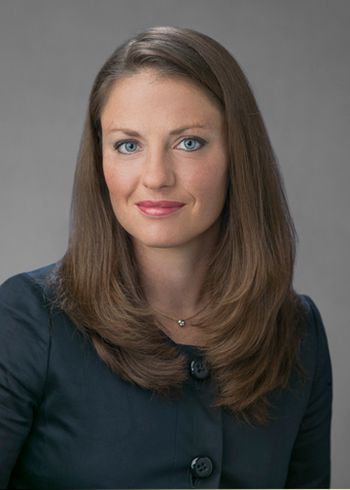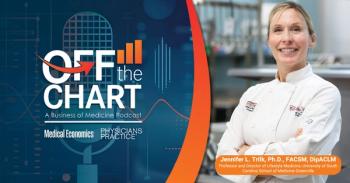
Getting closer to a people always strategy: Unlocking empathy at scale
Patients are first and always a person.
A long spanning debate about when someone becomes a “patient” has raged. Every so often we revisit whether we should find a new name, like “member” or “customer.” However, they are first and always a person - a mother, pianist, employee, and much more. In fact, being a “patient” is just a small part of life and goes far beyond the exam room.
In 2008, Verghese cautioned against the practice of patients
Getting the story of the person
In 2022, there are 224 million Google results for patient-centered care. To provide this care, clinicians must understand a patient’s values, preferences, goals, and what they are looking to get out of their care, and their life. For example, is this person working towards going back to school, or are they a caregiver to someone? Hospitals do amazing things when they know this information - host weddings, present the American flag to veterans, and take gurneys out to the water’s edge for the last time.
We lose something magical if we make that extraordinary effort and then next time, no one knows any of that emotional or life context, and we start again from scratch. Having data at the first touchpoint and throughout the healthcare journey can uncover these insights, and provide clinicians with the opportunity to evolve their conversations and care plans. Understanding patient preferences, including preferred language and modes of communication, is necessary for high quality, high value care for both the patient and provider, as research shows
Harnessing data to humanize everything
The EHR collects preferences, an overwhelming amount of detail on every test, written word or note, and a full array of medical opinions. Hospitals have become better at capturing surveys about bodily functions and mood (which are occasionally reviewed and used), and even social determinants of health. One insight we know from the EHR is that clinicians are spending
What is not included in many health records is the narrative of who people are and who they love. What we haven’t acted on at scale is how employees engage in the EHR and how we create more meaning and efficiency for them. Healthcare is just beginning to think about how to analyze emotional content and feedback, surface key drivers of patient satisfaction, proactively find hotspots in the patient experience to fix broken journeys, monitor employee engagement, and uncover coaching opportunities to boost team effectiveness.
The resulting problem, therefore, is the sheer volume of data that does not yet inform a meaningful view of human beings.
To overcome this data dilemma, healthcare leaders must commit to strategically listening to experiences with intent, understand the findings, and act. Emotions and subsequent behaviors can be combined with operational and financial data to understand their relationships and driving forces. Then - and only then - is when we shape the human experience at scale. Change can be as simple as an automated quick response to available data or feedback. Ideas can be crowdsourced on pain points and improvement efforts. Patients and employees themselves can be included in the new design of programs and resources to solve the issues right in front of us. Alternatively, we might find creative ways to use resources we already have.
People-centered care
Burnout and attrition are two hot button issues plaguing healthcare, with 75% of
The term “dark data” is occasionally used to describe data that is collected and not used - seen, but not heard. The healthcare business is ultimately about people caring for people. To not harness data about people’s pain and joy in a meaningful way in today’s environment, is to pretend healthcare is a business without heart that sells a product to avatars. To get closer to a people first strategy, we must lift the voice and emotional insights we have today, at our fingertips. To honor the emotional rollercoaster that people are on and to bring holistic solutions forward that feel thoughtful, different, and impactful - we must bring that which is dark into the light.
Dr. Adrienne Boissy is the Chief Medical Officer at Qualtrics and a Staff Neurologist and former Chief Experience Officer at the Cleveland Clinic. A
Newsletter
Optimize your practice with the Physicians Practice newsletter, offering management pearls, leadership tips, and business strategies tailored for practice administrators and physicians of any specialty.














